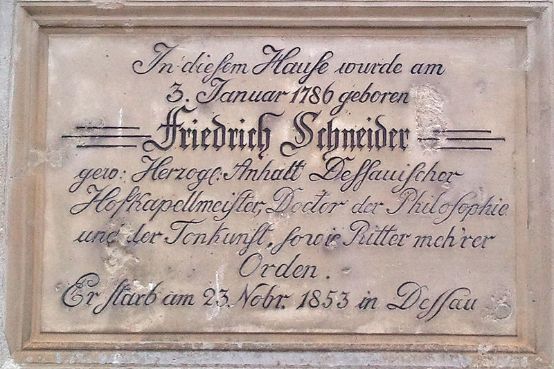Early romantic
The grateful Sonata in F major for cello and piano by Friedrich Schneider, which follows traditional forms, concludes with a Rondo alla polacca.

Friedrich Schneider (1786-1853), a celebrated composer during his lifetime, is hardly known today. Of his extensive oeuvre, which encompassed all musical genres, the oratorio premiered in 1820 at the Leipzig Gewandhaus The world court op. 46 was a great and lasting success.
Scheider left behind a large number of chamber music works. The large-scale, four-movement sonata for cello and piano in F major was composed in 1831, but was never published. The pleasing, early Romantic tonal language is a typical product of the Biedermeier period, comparable to the Cello Sonata in E major op. 19 by Franz Xaver Mozart.
The cello and piano parts are equally developed, whereby the performers are given rewarding, if not highly virtuosic tasks. The cello part makes optimum use of the instrument's tonal possibilities in all registers (range of the cello part from C to s2) and offers both sparkling running passages and expressive cantilenas. The four movements are in the traditional forms (1st movement: Allegro moderato, F major, sonata form / 2nd movement: Larghetto, D flat major, A-B-A song form / 3rd movement: Scherzo, F minor / 4th movement: Rondo alla polacca, F major).
In addition to the piano score, the Urtext edition contains two solo cello parts, one is unmarked, the other contains bowings and fingering suggestions by Jürnjakob Timm.
Friedrich Schneider: Sonata in F major op. posth. for violoncello and piano, edited by Nick Pfefferkorn, EB 32078, € 19.90, Breitkopf & Härtel, Wiesbaden









